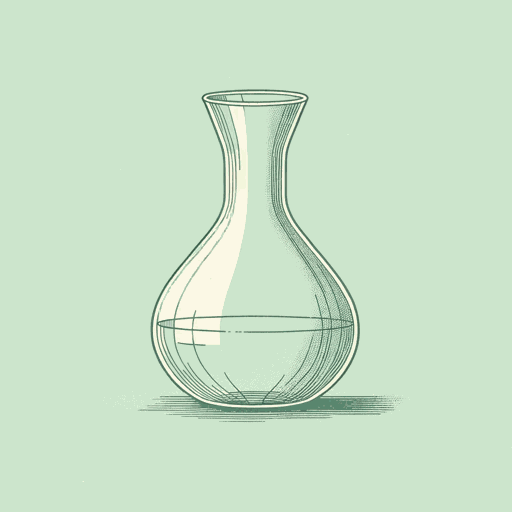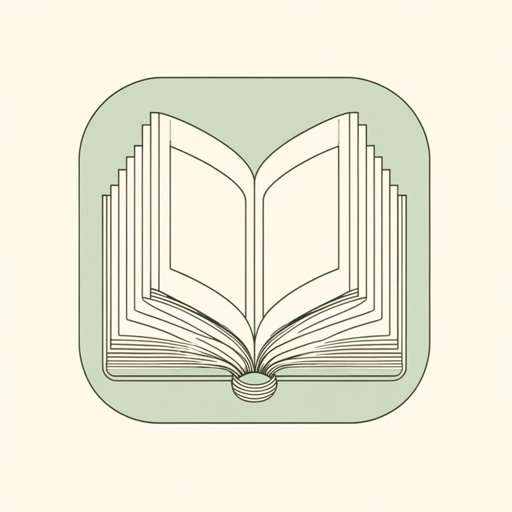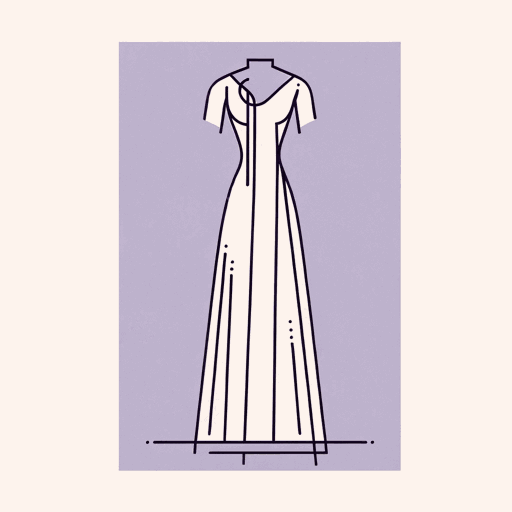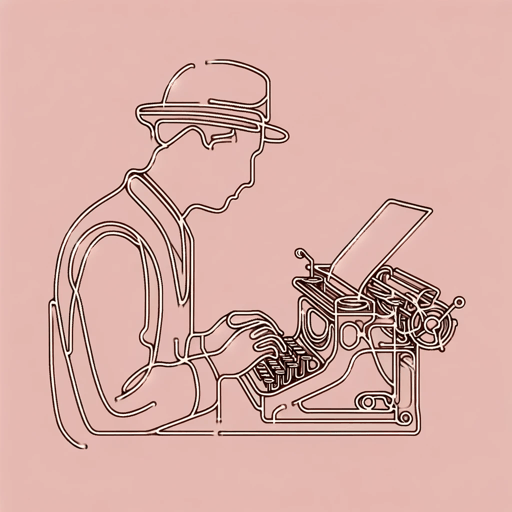21 pages • 42 minutes read
Gertrude SteinA Carafe, that is a Blind Glass
Fiction | Poem | Adult | Published in 1914A modern alternative to SparkNotes and CliffsNotes, SuperSummary offers high-quality Study Guides with detailed chapter summaries and analysis of major themes, characters, and more.
Symbols & Motifs
The Single Hurt Color as an Ode to Fauvism
Besides Cubism, Stein was also influenced by Fauvism, which is French for “the wild beasts.” With her brother Leo, she purchased Fauvist works like Henri Matisse’s Woman with a Hat (1905). While Cubism distorted representation via shapes, Fauvist painters challenged perceptions through bright, gaudy colors. Thus, the "single hurt color" (Line 1) might represent a significant strain in Stein's poetics and her aim to create poems mimicking the painting styles she admired, like Fauvism. Similar to how a Fauvist painting might unsettle or "hurt" a viewer's perception due to the force of the wild color palette, Stein's presentation of the carafe could "hurt" the reader's brain, as they struggle to wrap their head around Stein's portrait of the carafe.
The color stands out since it's the one time Stein mentions color. Nowhere else in the poem does Stein use the word “color” or any word that signifies color. In the context of the poem and Stein's poetics, the color reinforces the extravagance of the text. While the word “color” points to color, the syntax and arrangement symbolize the Fauvist use of color since it, too, is over-the-top and unrestrained.
Related Titles
By Gertrude Stein






